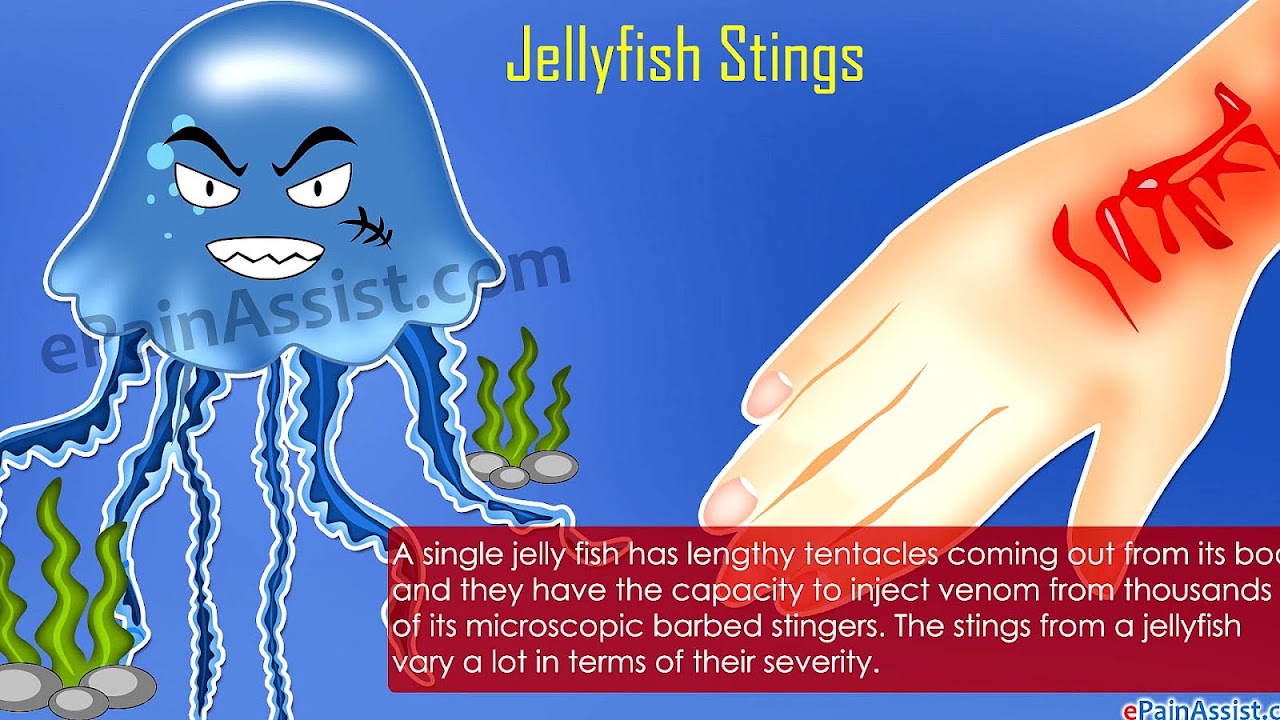
In medicine, a stinger, also called a burner or nerve pinch injury, is a neurological injury suffered by athletes, mostly in high-contact sports such as ice hockey, rugby, American football, and wrestling. The spine injury is characterized by a shooting or stinging pain that travels down one arm, followed by numbness and weakness. Many athletes in contact sports have suffered stingers, but they are often unreported to medical professionals.
Anyone who experiences significant trauma to his or her head or neck needs immediate medical evaluation for the possibility of a spinal injury. In fact, it's safest to assume that trauma victims have a spinal injury until proven otherwise because:
- The time between injury and treatment can be critical in determining the extent of complications and the amount of recovery
- A serious spinal injury is not always immediately obvious. If it is not recognized, more severe injury may occur
- Numbness or paralysis may develop immediately or come on gradually as bleeding or swelling occurs in or around the spinal cord

Maps, Directions, and Place Reviews
Mechanism
A stinger is an injury that is caused by restriction of the nerve supply to the upper extremity via the brachial plexus. The brachial plexus is formed by the anterior rami of the nerves at the 5th cervical level of the spinal cord all the way to the nerves at the 1st thoracic level of the spinal cord. The brachial plexus innervates the upper extremity as well as some muscles in the neck and shoulder. Damage to the brachial plexus can occur when the nerves are stretched too far from the head and neck; specifically the upper trunk of the plexus -nerve roots at the 5th and 6th cervical level -are primarily affected. The upper trunk provides part of the nerve to supply to the upper extremity via the Musculocutaneous, Axillary, Radial and Median nerves. It is for this reason that stingers do not affect both arms simultaneously, however it is possible for both arms to accrue injuries. Repeated nerve trauma can cause recurring stingers, chronic pain, and muscle weakness, while recovery can take weeks to months in severe cases..... Peter Wortman was the first test case in 1978 due to abnormalities detected over the course of his 11 and 12 yrs...... ( Pre internet days see Dr Warren Sphan and Dr R Scott.....
Stingers Injury Video
Diagnosis and treatment
Stingers are best diagnosed by a medical professional. This person will assess the athlete's pain, range of head and neck motion, arm numbness, and muscle strength. Often, the affected athlete is allowed to return to play within a short time, but persistent symptoms will result in removal. Athletes are also advised to receive regular evaluations until symptoms have ceased. If they have not after two weeks, or increase, additional tests such as magnetic resonance imaging (MRI) can be performed to detect a more serious injury, such as a herniated disc.
The order of treatments applied depends on whether the athlete's main complaint is pain or weakness. Both can be treated with an analgesic, anti-inflammatory medication, ice and heat, restriction of movement, and if necessary, cervical collar or traction. Surgery is only necessary in the most severe cases.

Prevention
Stingers can be prevented by wearing protective gear, such as butterfly restrictors, designed to protect the head and neck from being forced into unnatural positions. This equipment is more feasible in positions where unrestricted head and neck movement is not required, such as American football lineman, than in positions like quarterback, where such movement is integral. Regardless of equipment, it is important to report even minor symptoms to an athletic trainer or team physician, and to allow appropriate recovery time.
Source of the article : Wikipedia


EmoticonEmoticon